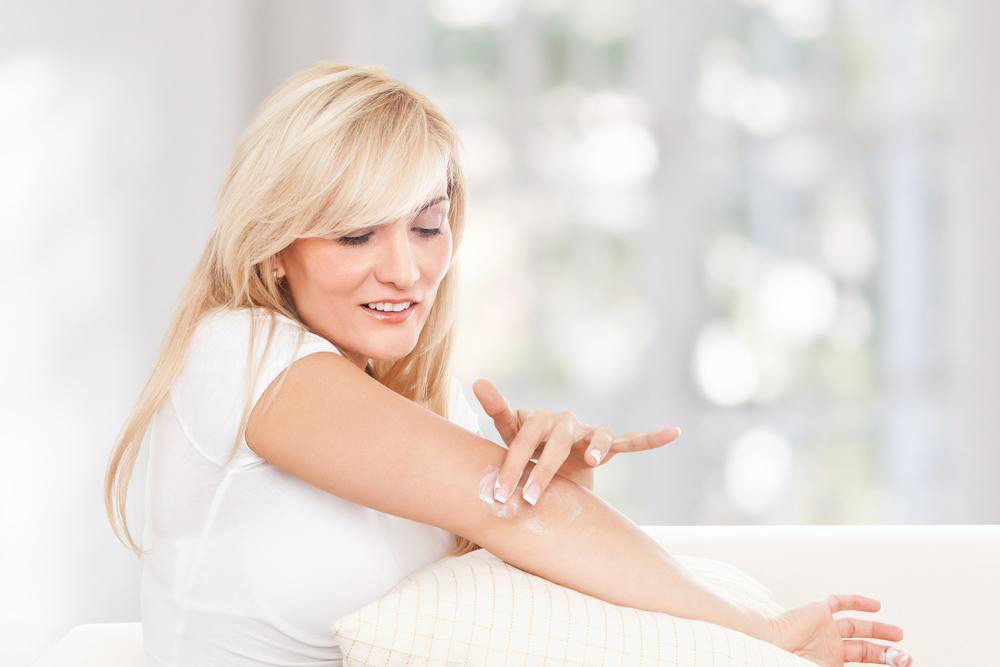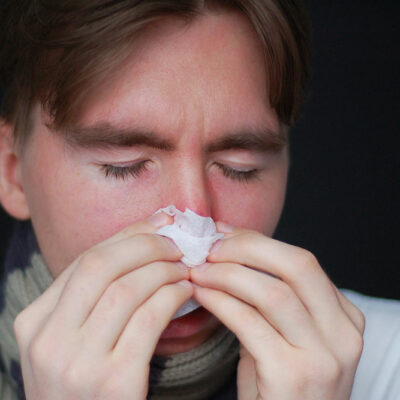
A Guide to the Different Types of Eczema
Eczema is a type of skin disease that leads to an inflammation on the surface of the skin. Some of the common symptoms of eczema include:
- Cracking and peeling of skin
- Noticeable inflammation on the surface of the skin that leads to peeling skin
- Severe itching at the affected areas of the skin
- Appearance of fluid-filled blisters on the affected areas
Eczema normally tends to run in families with a history of the disease or with a history of hay fever or asthma. There are many different types of eczema. Let’s take a look at the most common ones
1. Atopic dermatitis
Many people often confuse this condition to be different from eczema and doctors often get questions from patients asking them to explain eczema vs. atopic dermatitis. The fact is that atopic dermatitis is a common form of eczema, and as it is so common, it gets referred to by its own name and not as eczema. This could be the reason for the confusion. Atopic dermatitis commonly affects the face, hands, elbows, and back of the knees. The constant itch can make the affected areas develop thick, inflamed patches of skin. Atopic dermatitis is more common in infants and children, though it can occur in adults sometimes.
2. Contact dermatitis
This type of eczema occurs when an irritant comes into contact with the skin. Common irritants include substances such as harsh detergents, artificial jewelry, and cosmetics. Poison ivy is also known to cause contact dermatitis. This type can affect anyone. Contact dermatitis can be avoided by wearing gloves when working. Avoiding triggers is the only known solution. Patients are often given antibiotics to reduce the inflammation on the skin.
3. Nummular dermatitis
This type of dermatitis commonly affects men more than women. It is slightly different in appearance from other forms of dermatitis as it appears as red-shaped coins. The spots commonly appear on the arms, lower back, and hips, though they may also happen on other parts of the body. Nummular dermatitis can happen on exposure to irritants like formaldehyde and also in severely cold weather. Doctors may also prescribe antibiotics in order to cope with symptoms.
4. Dyshidrotic dermatitis
This form of eczema can turn out to be quite painful as it progresses. What starts off as an inflammation quickly develops into blisters that itch severely. If left untreated, the blisters can soon turn into cracks. Dyshidrotic dermatitis commonly affects the hands and feet.
Distinguishing between the different forms of eczema can be quite tricky to the untrained eye. The overlapping symptoms lead many patients to believe the forms of eczema are different diseases. Searching online for information is helpful but it should not substitute a diagnosis. This causes misconceptions and people search for concepts such as “eczema vs. atopic dermatitis,” which are in reality the same thing. Always get any skin inflammation checked by a trained physician who will get you the best treatment suited to your requirement.


